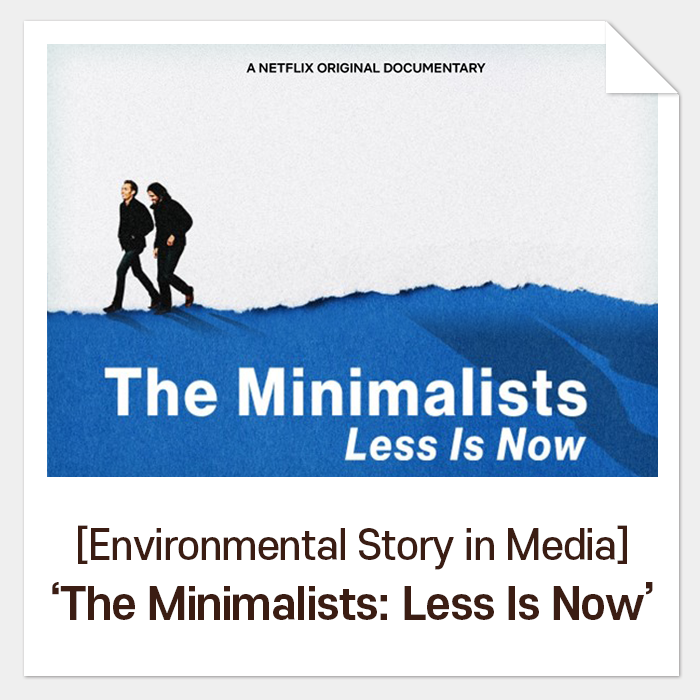Food Containers as Important as Food! Are You Familiar with FCMs?
How Does Each
Country Administrate FCMs?
FCMs, Food Contact Materials, are a word to refer to any materials or articles that are supposed to be in contact with food. All types of packaging and cutlery that are made of plastic, rubber, paper, and metals fall into the category.
Countries including the U.S. and Japan as well as India and China have implemented Positive List System to manage FCMs. The List indicates materials that are allowed to use in food packaging and any related equipment that are manufactured, imported or distributed inland. They strictly forbid the use of other materials that are not on the list.
Europe established
the regulations in regard to food contact materials as early as 1976. Yet, as they
were reviewed in 2018, it was noted that most of the regulations were focused
on plastic material only that the covered scope was too narrow. ANEC, a non-profit
organization to deliver customer’s opinions on European Standards insisted that
the number of FCMs should be limited and asked for updates for limits of certain
heavy metals.
Lead and
Cadmium, Toxic Chemicals That Can Be Silently Migrated to Food
Now, let’s think
about ceramics and glassware around us. They are used as much as plastics are
for food containers, but are we sure they are safe?
The surface of
ceramics is glossy. This is because of glaze, a thin layer enameled on
ceramics. The glaze not only gives beauty to a product, but also prevents
liquid and gas from being penetrated. Lead glaze, especially, has been commonly
used from the past, for it is easily manageable and gives various colors and
patterns. Cadmium is also a material used to give a ceramic light yellow or
orange color.
The problem is
that both of these materials are highly toxic.
Lead tends to accumulate in our body and a small amount of this material could cause behavioral disorders by affecting the nervous system. Cadmium also may damage kidneys and weaken our bones. When a person is exposed to the high concentration of cadmium for a short period, this may lead to a shock and even to death.
When these
materials are used in ceramics or glassware, we should be extremely careful as
they are likely to be migrated into food. The materials could be released from the cracked surface and this may occur more so with warm and highly acidic food and
drinks. As the amount of migration is closely connected to the contact time,
there should be a thorough check whether each ceramic and glassware is also safe
to be used for food contact.
Canada Set Clear
Distinction Between Food-contact Use vs Ornamental Use
From this point
of view, Canada is the one that took an advanced step to distinguish the use of glazed
or decorated ceramics and glassware in February. They released an industry guideline to limit the migratable lead and cadmium for such products to use as a
food container.
EU also released
a revision on FCMs in May last year, but the standards on non-plastic materials
and updates on harmful chemicals were still not sufficient. On the other hand,
Canada’s guideline provides specific standards and practices on FCMs on glazed
ceramics and glassware.
There is no
specific limitation of lead or cadmium for an ornamental purpose. Yet, such
products need to have a certain design feature or a warning message not to be
used as food containers.
Then, how about
Korea? The standards for food containers are introduced per materials. The
limits for ceramics and glassware are as below.
We also use an extraction solution of 4% of acetic acid in water. While Canada focuses on the usage of a container, Korea sets the standards by its size. There is not much difference in terms of the limits of lead and cadmium.
However, we should notice that a positive list is not introduced yet for food contact materials in Korea. Therefore, it is hard to know what kinds of materials are used when manufacturing packaging as the safety test is conducted on the final product only. This means, there is no legal ground to restrict manufacturers not to add unidentified materials for safety. As primary packaging is closely linked to health, there should be strict management and regulations for available materials.
In addition, the migration
test is conducted only for the inside of a container. In fact, Korea Consumer
Agency held research to check the safety of thermos bottles in the market in
2019. It turned out many of them sold at famous café chains exceeded the lead
limit, 880 times at maximum compared to the international standard, especially
on the outside of the products. It is because there are no specific FCMs
regulations for the outer surface of food containers. As consumers put their
lips on the rim, more detailed regulations are definitely required.
For Food
Contact Containers as much Important as Food
We live in a world called Homo 100 and one of the most spotlight topics must be "health" for the generation. People select their ingredients thoroughly checking where they are from, how they are grown, and which nutrients they contain. However, it seems not a lot of people are aware of how a container could destroy all the nutrients and deliver harmful materials into our bodies. Furthermore, the safety issues with FCMs have been getting fewer interests due to the plastic crisis.
All the packaging to store or serve food is in direct connection with our health that it is urgent to establish standards and regulations for various chemicals used in and outside of a container. Besides, we need to develop a product that can secure our safety with environmentally friendly properties such as material and organic recyclability.
We hope that we
can enjoy our healthy and delicious food in a safe and environment-friendly
container!











Comments
Post a Comment